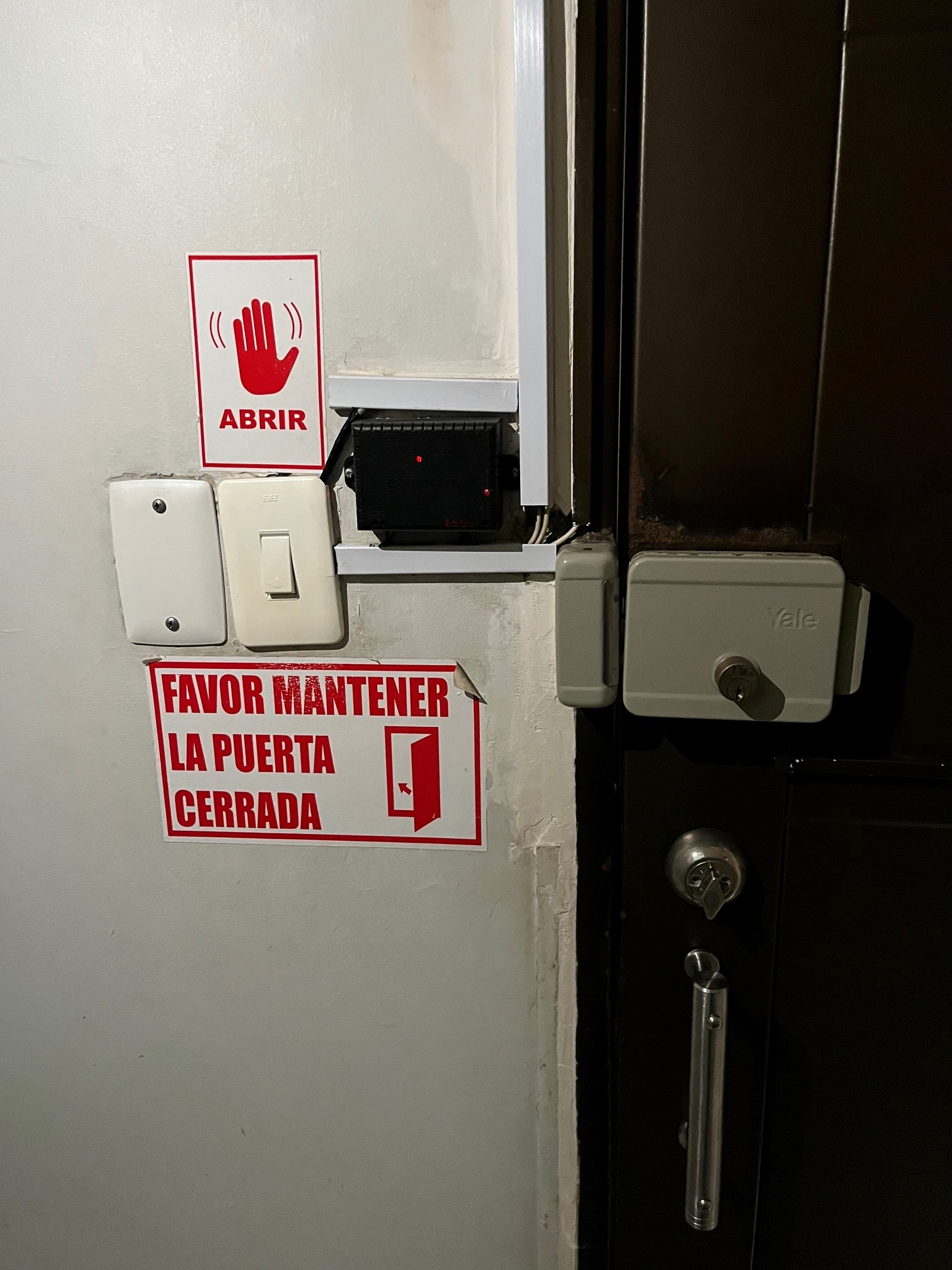 For Wordless Wednesday I shared some photos of a door with an electromagnetic lock and no way for a building occupant to unlock the door for egress. The door in today’s Fixed-it Friday photos is another example from my trip to Colombia, this time in Cali. Keep in mind that these were both apartment buildings where some of the units were used as AirBNBs, and the short-term guests would not be familiar with the egress doors.
For Wordless Wednesday I shared some photos of a door with an electromagnetic lock and no way for a building occupant to unlock the door for egress. The door in today’s Fixed-it Friday photos is another example from my trip to Colombia, this time in Cali. Keep in mind that these were both apartment buildings where some of the units were used as AirBNBs, and the short-term guests would not be familiar with the egress doors.
The door in Cali was on the ground-floor landing. There was a security person there for most of the day (not at night), but we happened to be there during Semana Santa, and he had two days off for the holiday. When we first arrived, he let us in and out, but after he left, we had to figure it out on our own.
As the signage says, the button on the wall unlocked the door. There was also a mechanical deadbolt that was used at night. For context, I’ll also mention that the stairs continued down another level to a small parking garage, with no fire doors or stairwell enclosure.
The US model codes do not allow two releasing motions (electrified hardware + mechanical deadbolt) to unlatch the door for egress. In addition, a push button on the wall – which looks exactly like a Colombian light switch – is not an acceptable release method per the model codes in the US. The releasing hardware must be on the door, with the exception of a sensor-release lock.
Some of you may remember the shooting in the Christchurch mosque in New Zealand, where an egress door had an electrified lock released by a push button next to the door. People trying to escape the shooter did not know that the button next to the door would allow egress, so they were unable to exit. At least 17 people were killed near the door, as described in the news video in this post. This is why the sensor is also required, with the auxiliary switch on the wall for emergency release.
You need to login or register to bookmark/favorite this content.

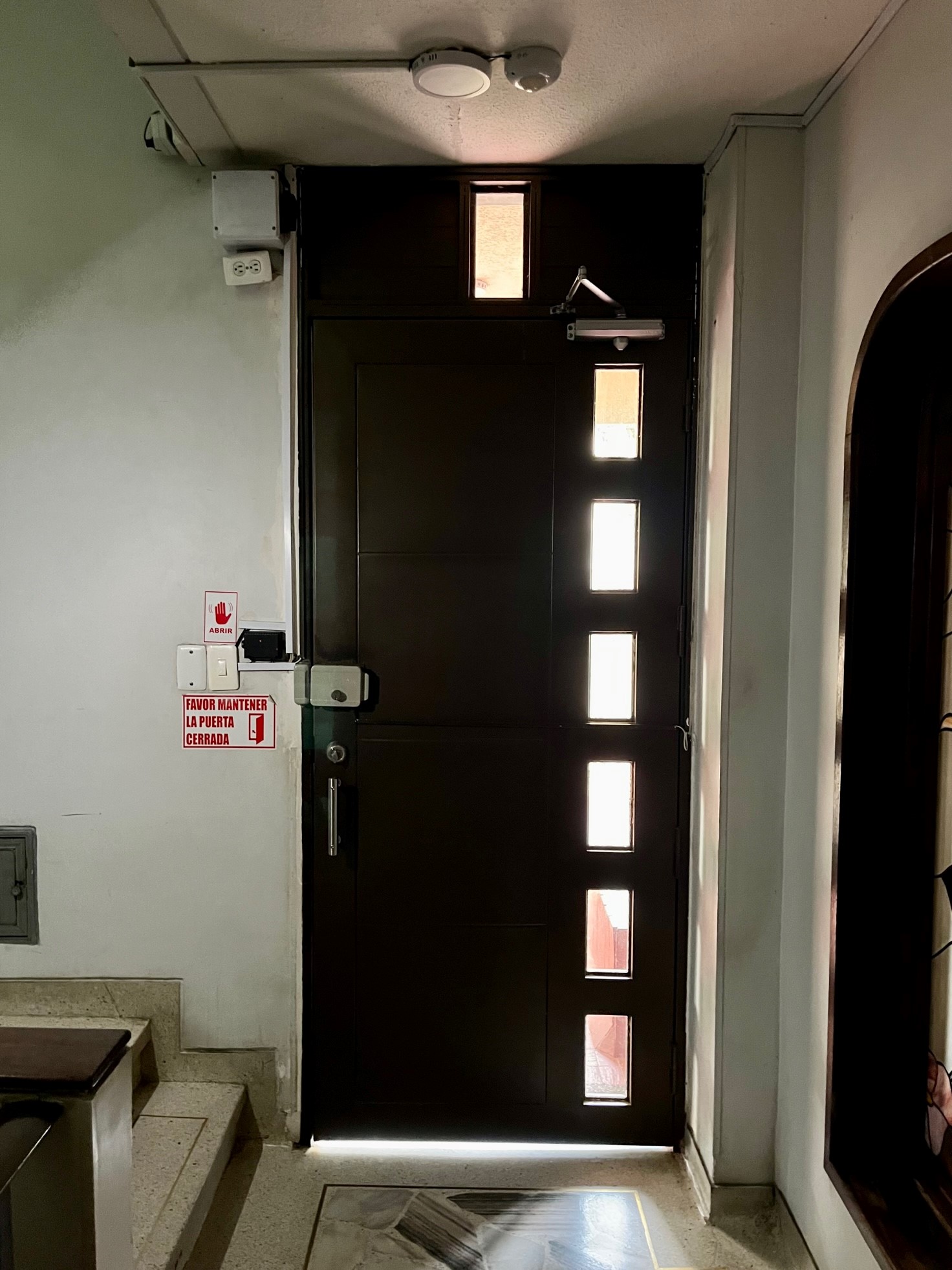

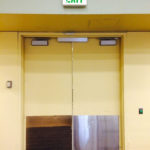




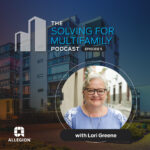
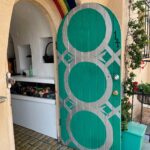
Leave A Comment